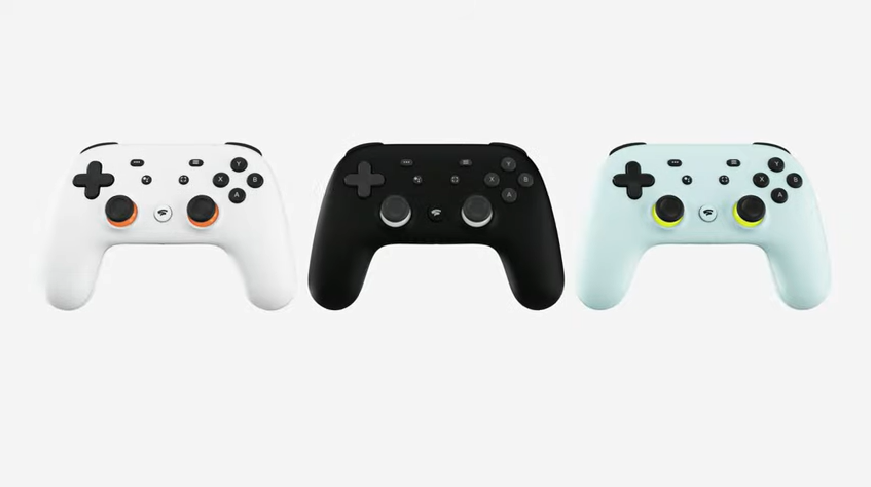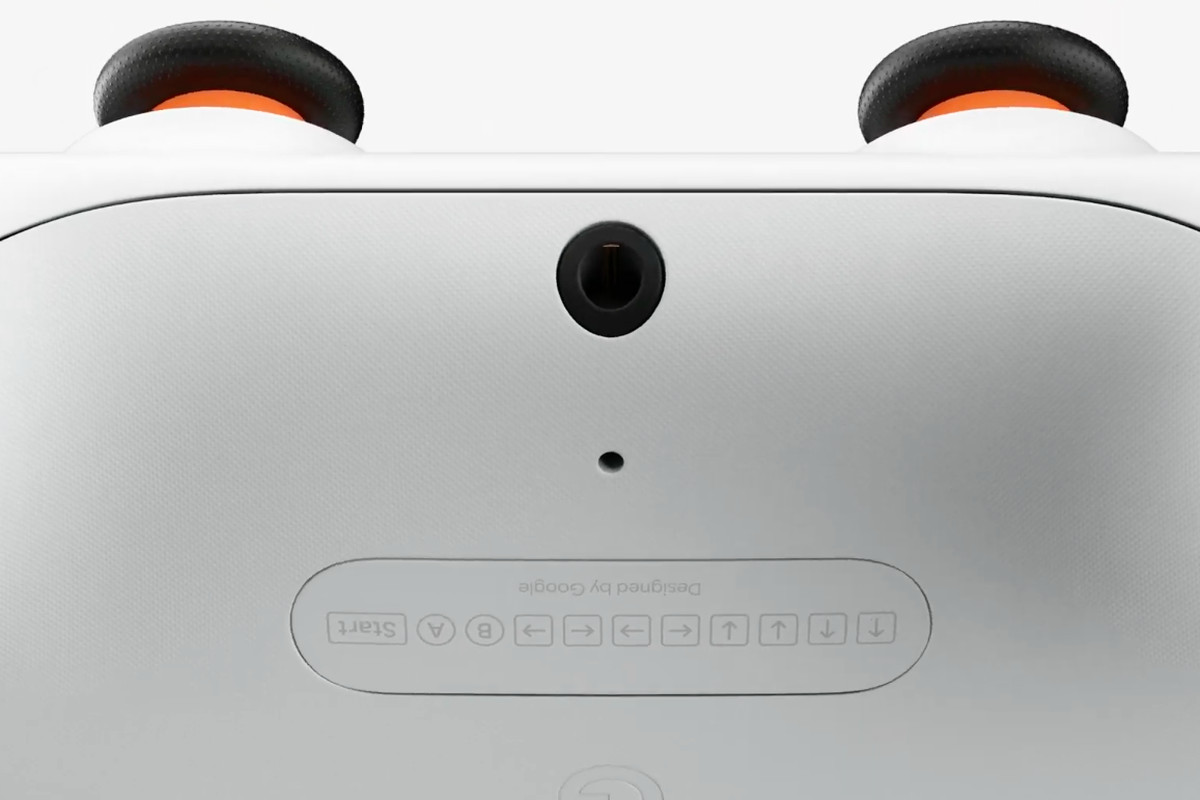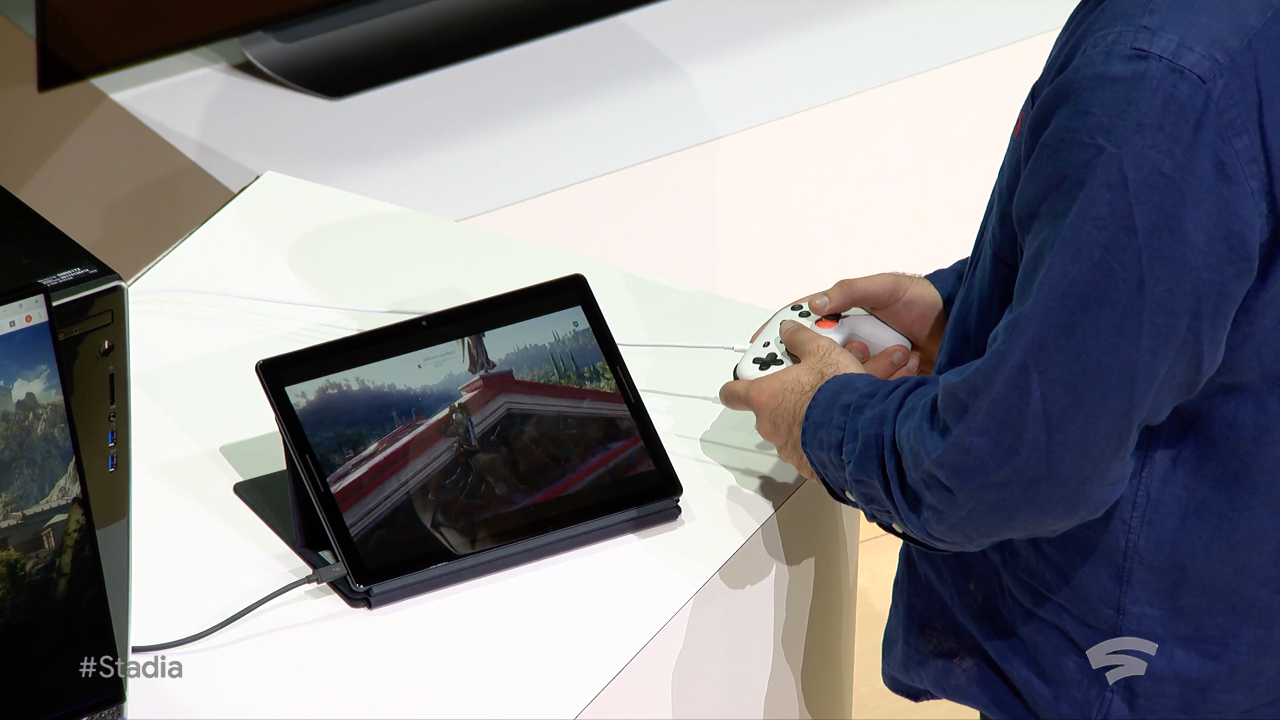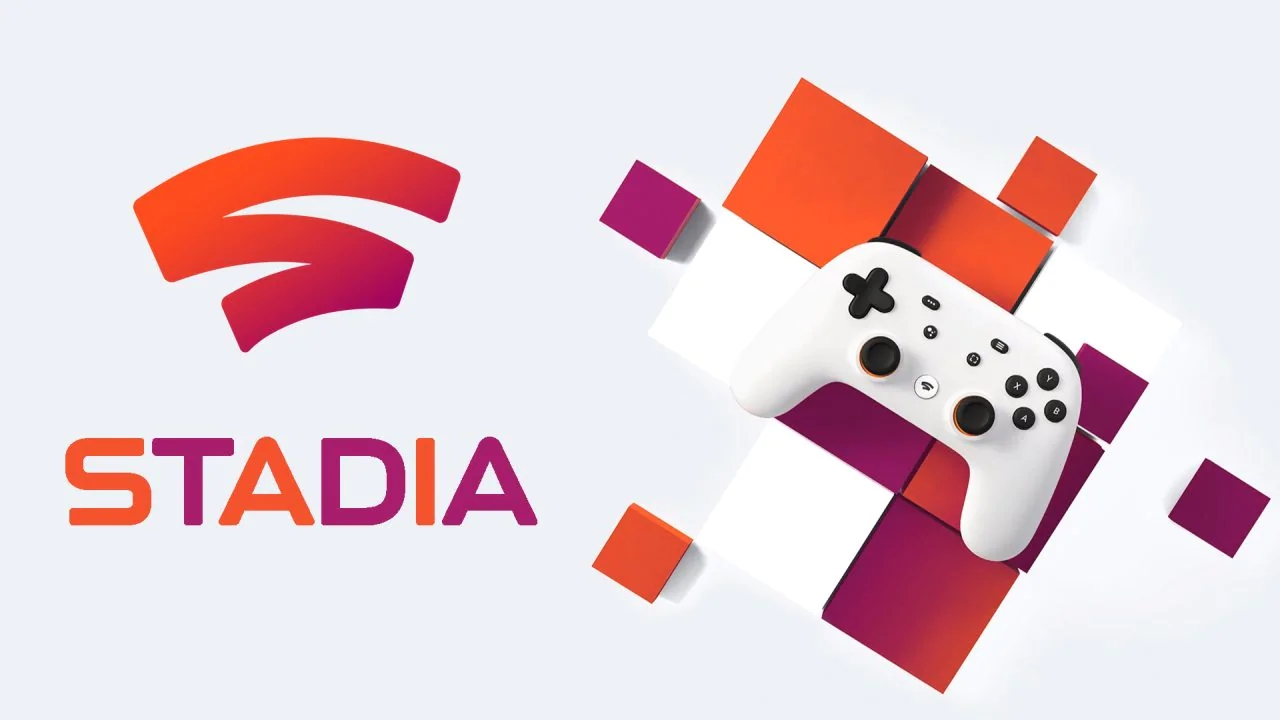Is Google Stadia the Next Big Thing?
Google Stadia is an upcoming game streaming platform, revealed at GDC by Google not so long ago. It’s not the first time the concept has been tested - some may remember services such as OnLive - but those have always suffered from issues related to video quality and input lag. With Google’s announcement, many are theorising that this could be the start of a push into a new gaming future; such a large company with near-limitless resources is the best bet the technology has, right?
However, putting aside the excitement of such a glitzy announcement, there are some potential issues that dampen my excitement for “the death of the console”. Whereas many gamers point out historic latency problems in streaming games, my additional concerns come from a cultural standpoint - after all, transitioning from hardware-based gaming to fully streamed services will see an irreversible cultural shift in how games are developed and consumed. I’d like to explore the merits and pitfalls of the technology.

To start off on a positive note, Google Stadia and similar services have the potential to make gaming cheaper, and to reach a wider audience. The reality of today’s core gaming market is that there is usually a hefty hardware investment, be it a traditional console or a gaming PC. On top of that, you will likely need to download software to access some storefronts on PC, which isn’t something an uninvested person would do. But even my mum might stumble upon a YouTube video for a game. The Stadia presentation shows off a YouTube link which, when clicked, boots up the related game within 5 seconds. Without buying special hardware, our stereotypical middle-aged mother has somehow managed to get Assassin’s Creed: Odyssey running on her screen with a handful of clicks (assuming Google will provide some sort of free trial, which seems likely). This ‘blue ocean’ approach has the potential to expand the gaming audience in a similar manner to the Nintendo Wii last decade.
This hypothetical scenario exposes the first problem I can see with Stadia: my mum’s internet connection isn’t nearly good enough. Neither is the majority of North America’s - presumably Stadia’s core market. Sure, like all video streaming there will be some degree of flexibility and your game will likely fall back to lower resolutions to cope with lower-bandwidth connections, but this is a real-time service. With conventional video, it’s fine to get a handful of video segments here and there, but dropping the connection to Google’s servers for just a second is gonna be mighty frustrating. This is one of the historic problems with game streaming that I mentioned before, and well over a decade and a half since OnLive launched, it seems that internet speeds are still catching up to the increased bandwidth demands of higher resolution video content.

The conversation thus far in the gamesphere seems to rest on technical specifications, but I’d like to move on to some theoretical cultural issues. I’ll start off with a question. Remember P.T.? The “playable trailer” that set the Internet ablaze? Konami wishes you didn’t - and that’s why they pulled it from the PlayStation Store shortly after launch. In fact, the only way to play P.T. now is to own a PS4 with the game already downloaded - it’s impossible to redownload, even if you’d downloaded and subsequently deleted the game from your system. But the key point here is that, technically, you can still play the demo - even if retrieving a copy is prohibitively expensive. But if P.T. had been hosted on a streaming-only service? Aside from memories and videos, it would be decisively lost forever. From an archiving and preservation perspective, this is horrendous; I suppose this argument doesn’t stick with everyone, after all, there are so many games coming out so who cares if a few get forgotten about? But through my eyes, which see gaming as an artform of sorts, the historical relevance of each and every game is important to me. It’d be a shame for entire games to get lost forever due to company politics, and facilitated by the nature of the hardware.
Many questions remain about the pricing structure for Stadia. It seems to me there are three main possibilities, or some combination of them: monthly subscription, pay-per-game or free-with-ads. I think it goes without saying that pricing models such as premium microtransactions will be layered on top of the base model. My preferred model would be to pay per game - this is closest to the traditional payment model out of those three choices. Otherwise, my opinion depends on how developers are paid; will they be paid per unit time players spend on their games, or by the number of ads their game served? In that case, we might see more games whose runtime is artificially padded out to maximise play time (and by extension, ad space) at the expense of enjoyment. This isn’t a huge leap - YouTube’s algorithm favours longer videos. As a result, we would most likely see a reduction in the number of developers risking making a single-player, story-driven experience - it just won’t be feasible to put a cap on the amount of time a player can spend with your game.

Aside from a pivot away from story-driven single-player experiences, another casualty of a move to subscription-based, streaming-only services might be indie games, to an extent. You only need to look at how Google treats its content creators on YouTube to imagine how they might treat small-time developers using their platform. Google Stadia, bluntly, only needs the support of the largest developers to turn a profit - will it even be financially viable to host smaller games on the service? If it’s assumed that developers are paid by unit time, then the value proposition for most indies - whose games tend to be shorter than the average AAA experience and won’t fit a business model that prioritises hours of playtime over quality of the experience - just won’t be there. That’s not to say no indies will make games suitable for the service - but I think the diverse creativity we currently see in the indie community might be somewhat diminished.
The final cultural argument relates to the recent death of net neutrality in the US and the implications that’s already having for video streaming services. It’s well-known that services such as Netflix put a strain on ISPs (Internet Service Providers), who have fought for net neutrality laws - those that stipulate that all Internet traffic should be treated equally in terms of cost and speed - to be abolished or cut back. That’s why Netflix is forced to, for example, pay Comcast for access to their network and to prevent Comcast from throttling all Netflix traffic. Game streaming is much in the same vein, with the added caveat that games must be low-latency to work effectively. It’s less likely to happen in Europe, but in some regions, Stadia might be hit by the same throttling that Netflix is threatened with. That said, I don’t think it’s a coincidence that Google Fiber exists - when Stadia rolls out, they’ll have a slice of every pie. There’s an additional spanner yet to be thrown into the works when 5G services roll out worldwide; mobile devices seem to be a core part of the Stadia puzzle, and with new wireless technology comes new avenues for exploitation. That’s especially true when one of the headline promises of 5G is to stamp out high-latency connections.
I’m largely going to watch Stadia evolve and look at further information when Google releases it before I make a final judgement on the service. If Google can manage to avoid the pitfalls this article has discussed, then it seems to be a promising addition to the gaming family. Who knows what the future holds - we might even see Google at E3 in the coming years! Even if they mess something up, I’d really like to come back to this discussion - many of these topics I’ve only explored the surface of. What are your thoughts on Stadia? Let us know on Twitter.


